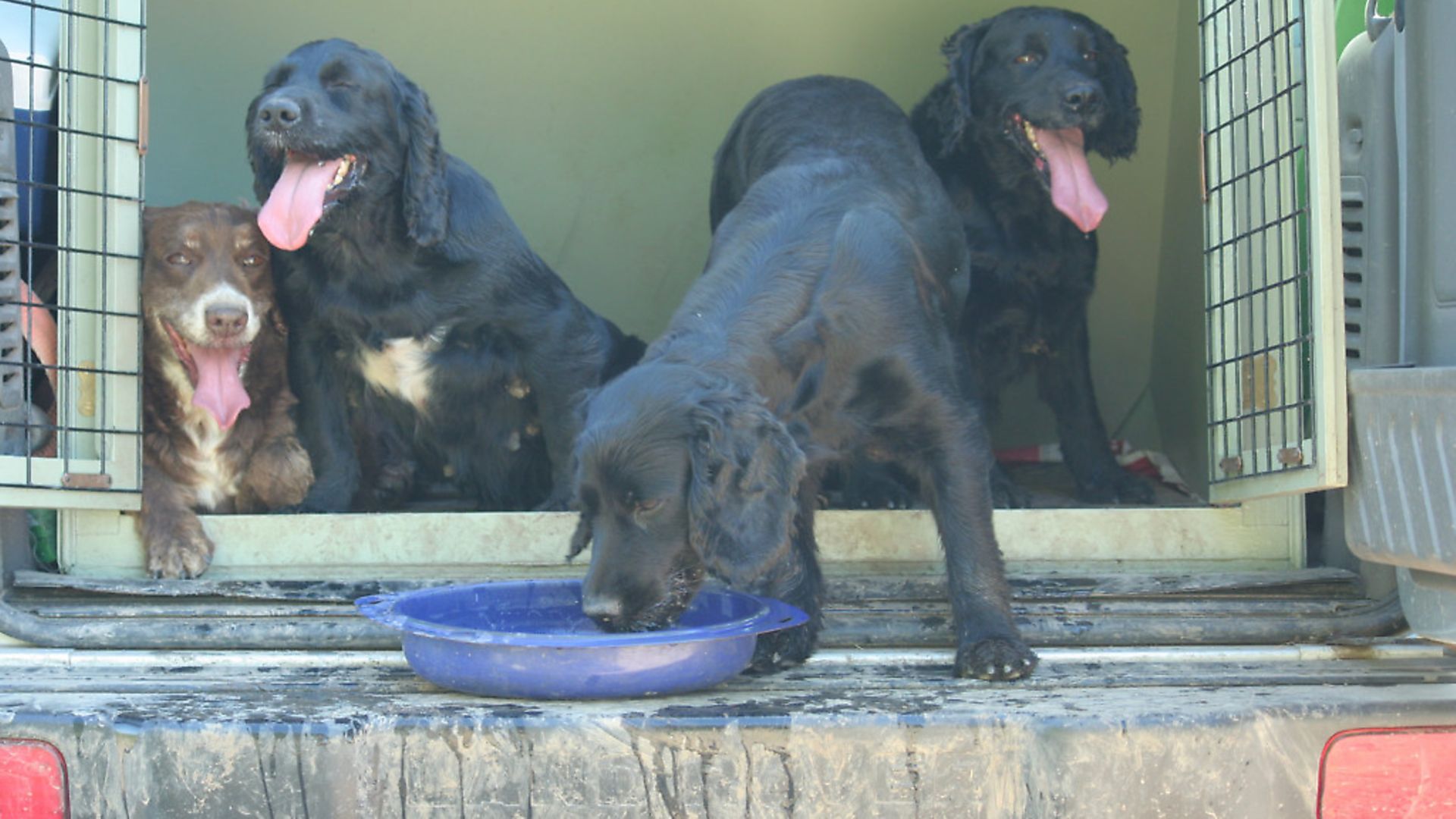Working gundogs often need to travel in vehicles; here, vet Vicky Payne provides top tips for keeping dogs safe and happy while travelling, including dealing with travel sickness
 credit: Archant
credit: Archant
Most working gundogs will need to travel in vehicles, both to get to shoots, and often to get around them too. But I see lots of dogs in the clinic who get travel-sick or refuse to travel. This month we will cover how to make sure your gundog is safe and happy while on the move.
Your dogs should be secured in your vehicle for everyone’s safety. Being hit by a 30kg dog thrown forwards in a crash at 30mph would be like being hit by 900kg, and would likely kill you both. If you have a vehicle with a small load space you could consider a harness which attaches to the seatbelt. Few of these have been crash tested, but I used them with my own dogs for many years and the dogs have stayed on the seat under sudden braking. For larger vehicles, a dog crate in the boot is often the preferred option; again, few have been crash tested, but I have seen dogs walk away from crashes which have written off the car. If you travel with your dogs loose in the boot space then a dog guard is essential to prevent them climbing into the passenger seats, and to prevent them becoming missiles in a crash. Consider tailgate bars too, to reduce the risk of your dogs escaping in an accident. You might also want to train your dog to lie in the passenger footwell while you hold the lead. This is not ideal for long journeys, but is useful if sharing a vehicle on a shoot day. Avoid travelling with dogs in the back of pickups without a box, or with their heads out of the window, as I have seen dogs jump out of both. I recommend that dogs wear a collar and tag while travelling in case they are lost in an accident.
START THEM YOUNG
It is best to get puppies used to travelling from a young age. Most gundog breeds don’t become afraid of novel experiences until they are around 16 weeks old, so introduce short journeys as soon as you can. Try not to travel when pups have a full stomach as this makes them more likely to be sick, and consider having an adult dog with them for the first few trips.
If you have an older dog that doesn’t like to travel this may be because they are afraid, or because they get travel-sick, or often both. If you think your dog suffers mostly from travel sickness try travelling with him in different parts of the car. The boot space is not designed for travel and your dog may feel better on the back seat in a harness. Some dogs prefer to be able to see out of the window, while others are better in a covered crate. For mild travel sickness try to travel no less than two hours after a small meal with some grated ginger added. For more severe cases ask your vet about herbal products and drugs which can help.
DEALING WITH SCARED DOGS
If your dog is fearful of the car you will need to slowly get him used to it. Start by playing games and feeding around the car, and build up until the dog will get into the car by himself for food or a toy. The next step is to start the engine with the dog inside, before building up to very short journeys. A companion dog who enjoys travelling can help.
If an older dog starts to become reluctant to get into the vehicle, consider whether he might be suffering from arthritis. Dogs with hip or back problems might find jumping into the boot difficult, and they may also feel insecure as the car goes around corners. Some older dogs will learn to use a step or ramp, and a deep beanbag bed can provide support once they are in.